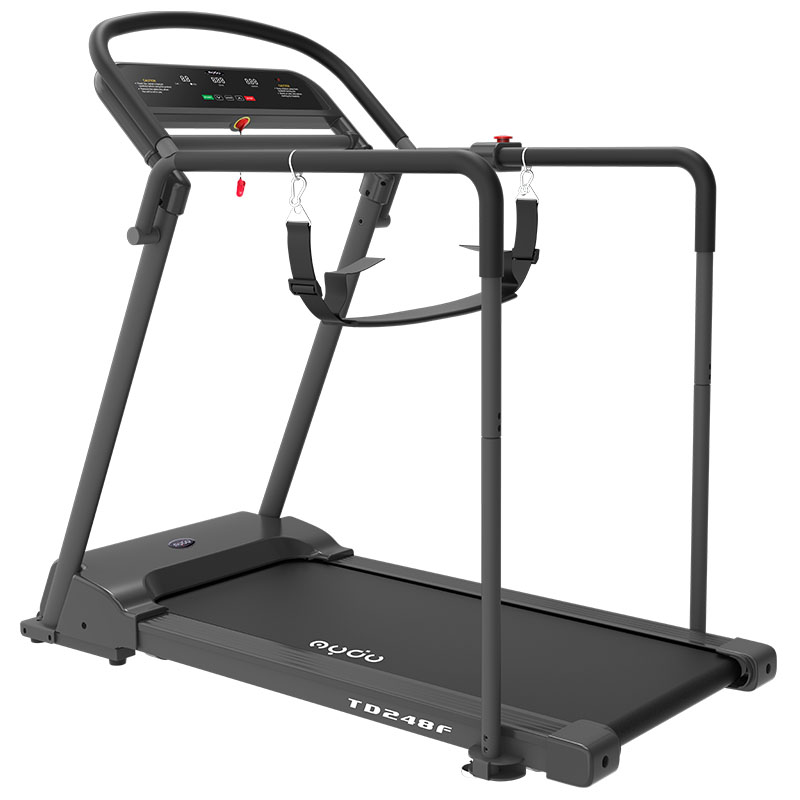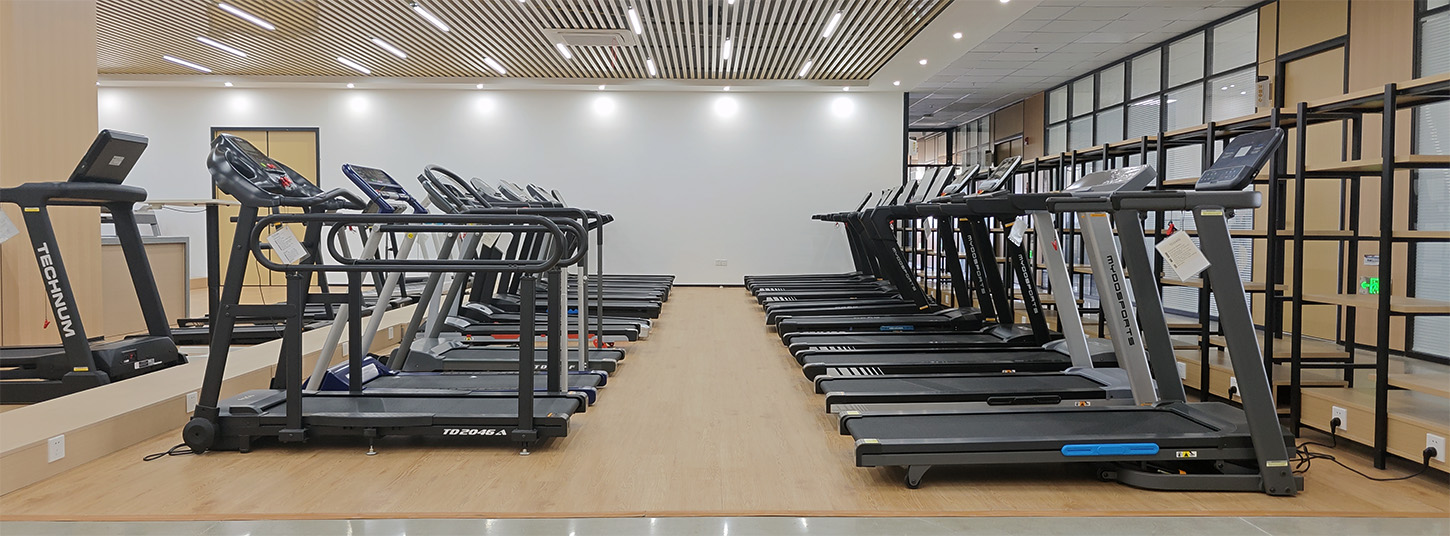Why MYDO Rehabilitation Treadmill?
2025-05-28
Hey there, folks!
Today, let's chat about something super important for our senior friends—staying active safely. If you or your loved ones are looking for a smart way to exercise without risking those joints or balance, listen up! We're diving into why the MYDO Rehabilitation Treadmill is becoming a go-to for the silver-haired crowd.
- Why MYDO Rehabilitation Treadmill? It's All About Safety & Smarts for Seniors
As we age, our bodies change—joints get stiffer, balance isn't what it used to be, and outdoor running can feel like a risky move. That's where MYDO steps in. This brand gets what seniors need: a treadmill that's like a safety net and a workout buddy, all in one. Let's break down why their rehab-focused treadmills are a game-changer.
1. Safety First: No Compromises Here!
MYDO's Rehabilitation Treadmill isn't messing around when it comes to keeping you safe.One tap, and it stops dead in its tracks. Plus, there's a magnetic safety clip that acts like a seatbelt for your workout. Take the TD248F model, for example—it has this smart locking system that literally helps prevent falls. And those wrap-around armrests? They're not just for holding on; they're built with 90° steel blocks and stabilizers to keep the whole machine steady, even if you wobble a bit. Perfect for folks who need that extra support.


2. Low-Impact = Happy Joints
Let's talk knees and hips. Traditional treadmills can be harsh, but MYDO's Rehabilitation Treadmill is like walking on a cloud (well, a super-safe, science-backed cloud). They've nailed the cushioning—think professional track-level shock absorption, certified by SGS, so you know it's legit. And get this: it can go as slow as 0.3 km/h. That's slower than most home treadmills (which usually start at 1 km/h), so even if you're just easing into movement, this thing grows with you.
3. Smart & Simple: No Tech Overload
- Nobody wants a complicated machine, especially when you're just trying to get moving. MYDO's Rehabilitation Treadmill keeps it simple: big buttons, voice prompts, and a screen so clear you don't need glasses to see your stats (speed, heart rate, distance—all there). Plus, it syncs with a phone app, so you can track your progress without jotting things down. Oh, and the heart rate monitor? It's a game-changer. The treadmill actually adjusts speed or incline automatically to keep your heart rate in a safe zone. No guesswork—just safe, smart workouts.
Buying a Rehabilitation Treadmill?
Safety First, Always
- Deck Size Matters: Go for a deck that's at least 45cm wide and 100cm long. More space = fewer trips and slips.
Emergency Features: Make sure it has quick-stop buttons and a safety clip—non-negotiable for seniors.
Functionality That Fits Your Pace
Speed & Incline: Look for a range like 0.3-8 km/h on speed and no more than 12° on incline. Gentle starts and steady climbs are key for rehab and fitness.
How to Use Your MYDO Rehabilitation Treadmill Like a Pro (Safely!)
Before You Start
- Check with Your Doc: Especially if you have health conditions like high blood pressure or diabetes. A quick chat can save a lot of hassle.
Warm Up Smart: 5-10 minutes of light walking or leg swings—get those joints ready! Think knee circles and ankle rolls.
During Your Workout
- Heart Rate Rule: Aim for (220 - your age) x 60-70%. So, a 70-year-old should aim for 90-105 beats per minute. Use the app or the treadmill's built-in tech to stay on track.
Start Slow: Begin at 1.6-3.2 km/h and build up from there. 20-30 minutes, 3-4 times a week is a great sweet spot. No rush—consistency wins!
After Your Workout
- Stretch It Out: Hold those stretches for 10-15 seconds each—calf stretches, quad pulls, the works. Your muscles will thank you.
Track & Adjust: Use the treadmill's data or the app to see how you're doing. Tweak your plan as you get stronger!

